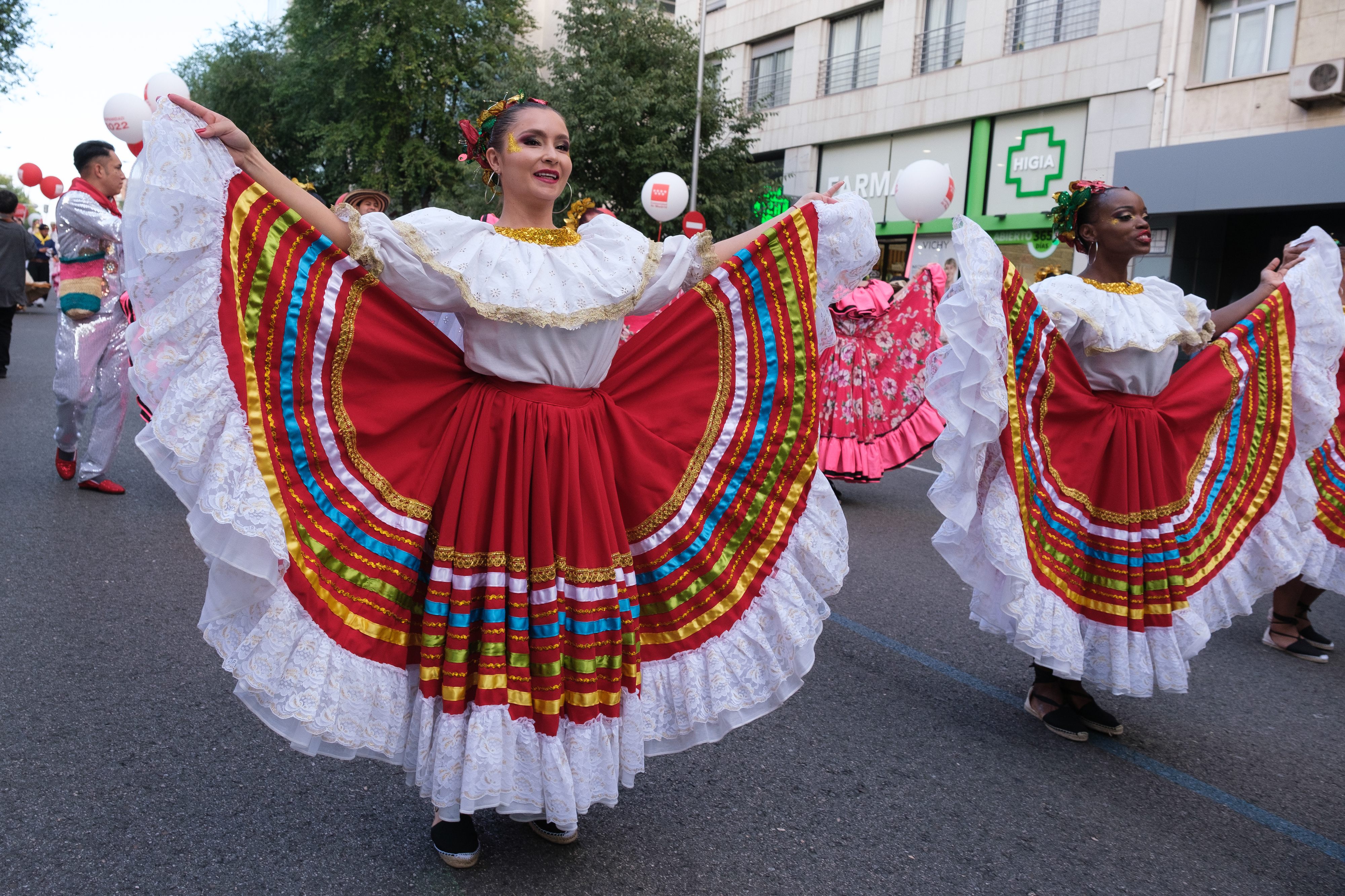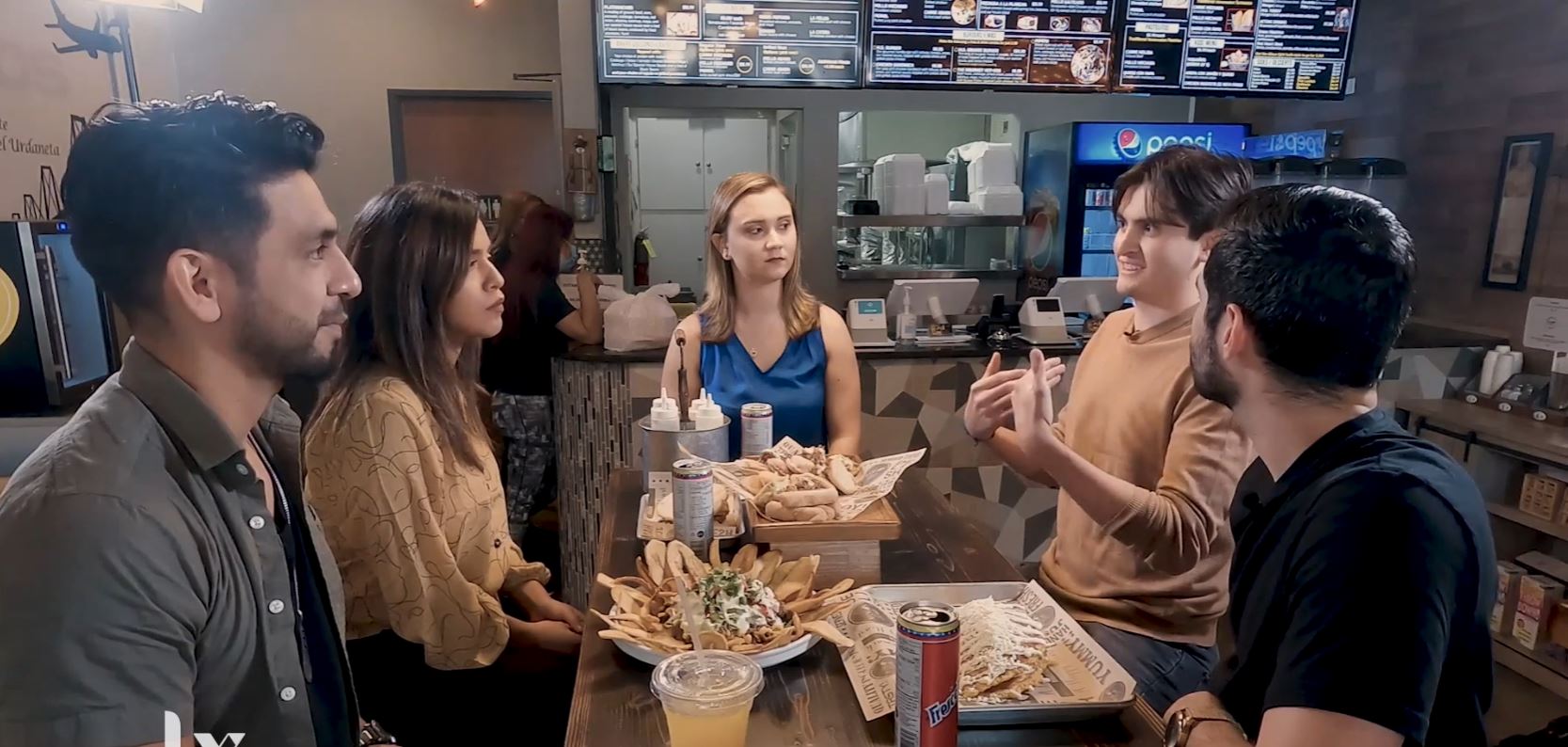America the Beautiful is now America the Bilingual.
In just two generations, the number of bilingual people in the U.S. doubled to an estimated 23% of the population, according to the U.S. Census Bureau. Hispanics are the largest ethnic minority group in the U.S. and Spanish is the most spoken non-English language in the U.S., according to the Pew Research Center.
So it's no surprise that the next generation of U.S. Hispanics is being influenced by the changing linguistic landscape.
Among Gen Z-ers ages 16-25, a whopping 70% report using Spanglish.
Get top local stories in DFW delivered to you every morning. Sign up for NBC DFW's News Headlines newsletter.
What is Spanglish?
Spanglish is exactly what it sounds like. It's a mix of both Spanish and English.
It's informal by nature and is usually reserved for conversing with family and friends. It's a practice of mixing words from both languages to create a sort of fusion language.
Third and higher generations are more likely to utilize it.
What are some examples of Spanglish?
Stringing words together from both languages to form sentences, interchanging a word from Spanish when the speaker has forgotten what the word is in English, creating new words inspired by the word's origin language, spelling words in Spanish so that they sound how they would be pronounced in English... these are all examples of Spanglish.
- "Pero like, how can you do that?" Translation: "But like, how can you do that?"
- "Ahí te watcho." Correct Spanish: "Ahí te veo." In this example, "watcho" is a word that was created in Spanglish that is a combination of the English word "watch" as in "see" and the Spanish adjective ending in 'o.'
- "Parquear" - English/Spanish combination of the words "park" as in to park a car and "estacionar."
- "Airdropear" - Words created in English like "Airdrop" have been adapted to "airdropear."
When was Spanglish created?
Spanglish isn't something Pitbull or Selena Quintanilla created. The hybrid language's origins date back to the 19th century after the Mexican-American war culminated in large swaths of Mexico becoming part of the United States.
We have early written and oral versions of Spanglish that show up in places like Los Angeles, San Antonio, Dallas and Houston.
Dominican Spanglish is found in New York and Cubonics (Spanglish spoken by Cuban Americans) in Miami.
Where is Spanglish prevalent?
Where Spanglish has seen the most growth is the internet with Instagram and TikTok becoming goldmines for Spanglish content.
Creators like Jenny Lorenzo, LeJuan James and Jonathan Chavez have racked up hundreds of thousands of followers by tapping into Latin culture and weaving Spanglish into their content.
Latin music has exploded in the U.S. with artists like Bad Bunny reaching No. 1 on Billboard's Top Artist chart last year despite primarily recording his songs in Spanish.
Audiences that resonate with the bicultural experience are connecting with artists that are using Spanglish in their music.
In an interview with NBC LX, Becky G spoke about how she took her "pocha" Spanish and her Inglewood, California English and turned it into a wildly successful career.
A pocha is slang often used as a derogatory word for a Mexican-American with a limited Spanish vocabulary that speaks with a clear Americanized accent.
Rather than be shamed by other Latinos for a lack of Spanish proficiency, Becky G straddles the line of the two languages and has made Spanglish her own.
"I have dreams in Spanglish, I think in Spanglish. It's a literal lifestyle," she said.
Her single, "Sin Pijama," was the second-most-viewed music video in 2018.
"We're not doing the crossover, we are the crossover," she said.
Becky G says the second and third generations identify with their Latinidad while also embracing their American culture growing up in the U.S.
"Nowadays you don't have to choose."



